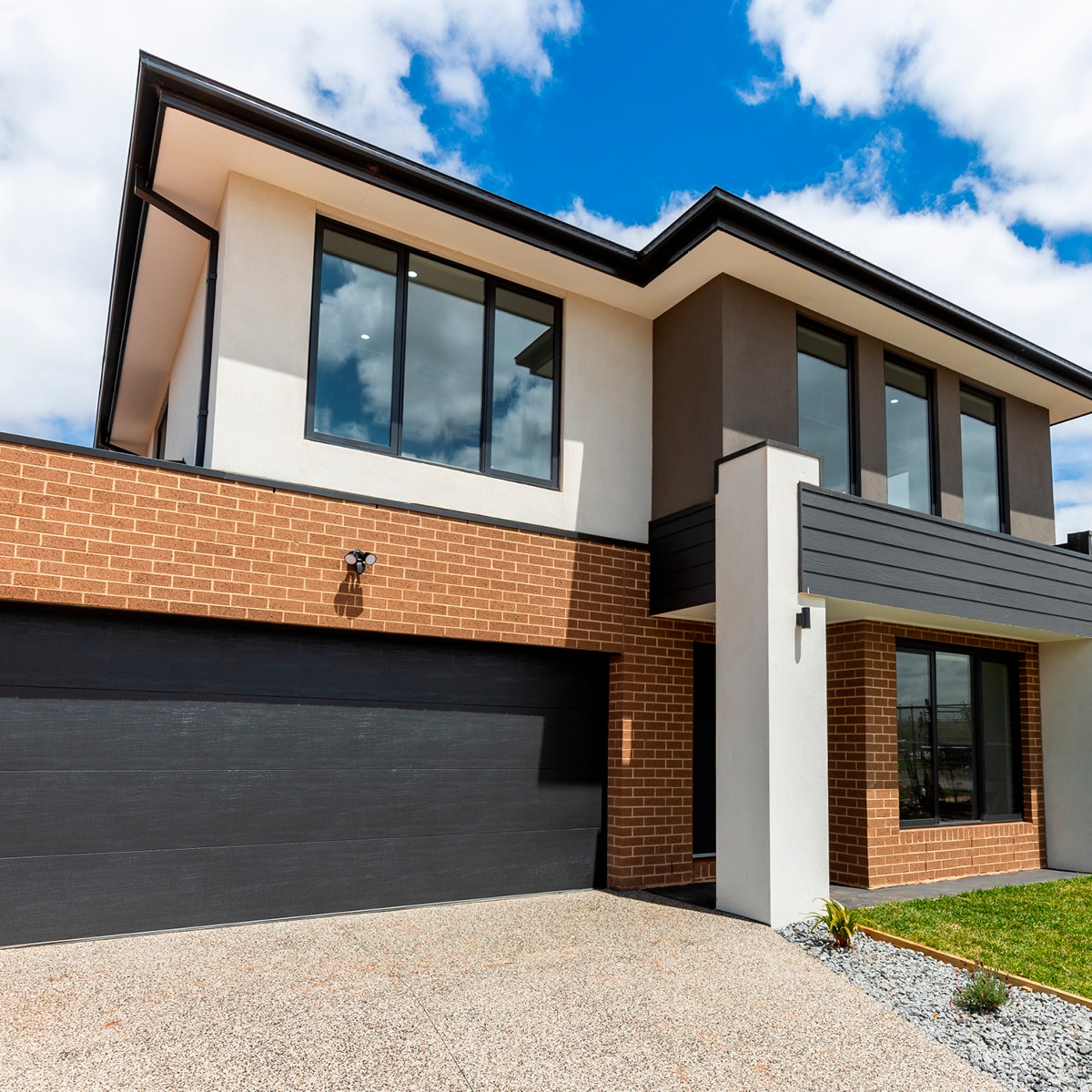
If you’re looking for the perfect dream house, there are a lot of home and land packages in Victoria that you can choose from. However, buying a home may not be all the grandeur or simplicity you’d expect. You may also have to hire custom home builders in Melbourne and account for land and property.
Buying a home can be a very exciting and rewarding experience, but there are many things to consider other than the location, price or legal documents. It’s essential to be aware of the many hidden costs that can come with homeownership. These costs can add up quickly and easily put a dent in your wallet if you’re not prepared. In this blog, we’ll take a closer look at the hidden costs of buying a home in Victoria and provide tips on how to prepare for them.
6 Hidden Costs of Buying a Home in Victoria
Legal and government fees account for most of the costs associated with purchasing a home. When looking to purchase a property, expect to pay approximately 5% of the property value in addition to the purchase price. Most of the required costs may include legal fees, stamp duty tax, loan establishment fees, property inspection and FIRB approval fees, land tax fees, and other minor expenses such as insurance, council rates, etc.
1. Stamp Duty Fees
Stamp duty is a tax levied by state and territorial governments on transferring land or property.
Stamp duty can easily run into tens of thousands of dollars. The property’s value determines the exact amount, the state or territory in which it is located, whether the purchaser is a first-time home buyer, an established home, a new home, or vacant land, and other factors. The higher the cost of the property, the more expensive the stamp duty tax. A lot of home and land packages in Victoria charge stamp duty tax. For most first-time home buyers, the stamp duty tax is waived.
2. Conveyance Fees
When purchasing a home, you can hire either a conveyancer or a solicitor. They will arrange and advise on property inspections (to determine the risk factors in the sale), title searches, contract preparation/negotiation and exchange, and settlement costs.
When it comes to real estate, conveyancers and solicitors serve similar roles. The primary distinction between the two is that solicitors typically practise other areas of law besides real estate, whereas conveyancers are only licensed to practise conveyancing.
When sale disputes become complicated enough to necessitate legal action, conveyancers must defer to a solicitor. If you believe this is likely to happen with your sale, you should hire a solicitor to handle it, as this will save you money on both conveyancer and solicitor fees.
3. Building and Pest Inspections
A building inspection is an assessment of a property’s condition performed by a qualified inspector before making an offer.
It covers everything from faulty roofs to rising damp and cracked walls, and it generally includes information on whether these faults can be repaired and how much it would cost to repair them.
Many buyers request that their inspectors look for pest damage during the inspection. There are usually extra fees for a pest inspection, but it is generally recommended. A lot of home damage is caused by pests, so it’s better to inspect the place.
4. Loan Application Fees
Loan application fees are the fees associated with submitting a loan request. These are levied by the lender, usually a bank, and can vary greatly. Certain banks may not charge application fees, but the average is around $150.
Loan application fees are non-refundable one-time charges that must be paid in full.
5. Lender’s Mortgage Insurance (LMI)
Lenders’ Mortgage Insurance (LMI) is a fee charged by banks and other lenders to high-risk borrowers. This is usually the case when the deposit is less than 20% of the property’s purchase price or the applicants have inconsistent income.
The borrower technically pays the LMI payment in a lump sum at settlement. Many lenders, however, will offer to finance LMI into the home loan to add it to the monthly mortgage payments. Borrowers do not need to have the funds upfront but must pay more interest on the overall loan, resulting in higher monthly payments.
6. Moving Costs
When buying a house, prospective buyers tend to forget that there are fees to consider when moving into the newly purchased house.
Moving costs can add up quickly and include expenses such as hiring movers, purchasing moving supplies, etc. In Victoria, moving costs can range from $1,000 to $5,000, depending on the distance of the move and the size of the home.
In conclusion, buying a home in Victoria can come with many hidden costs that can add up quickly. It’s essential to be aware of these costs and budget them in advance. By taking the time to prepare, you can ensure that your home buying experience is a positive one.
Plan Your Home Buying with Xircon Homes!
Xircon Homes is one of Australia’s rapidly growing custom home builders in Melbourne. Since 2013, we’ve been creating innovative homes across Australia that combine quality and affordability, making style and comfort more accessible, particularly to first home buyers and young families.
We have a wide range of services, from home and land packages in Victoria to real estate projects throughout Melbourne. When it comes to home building, Xircon Homes is your trusted partner. Get in touch with us today.

